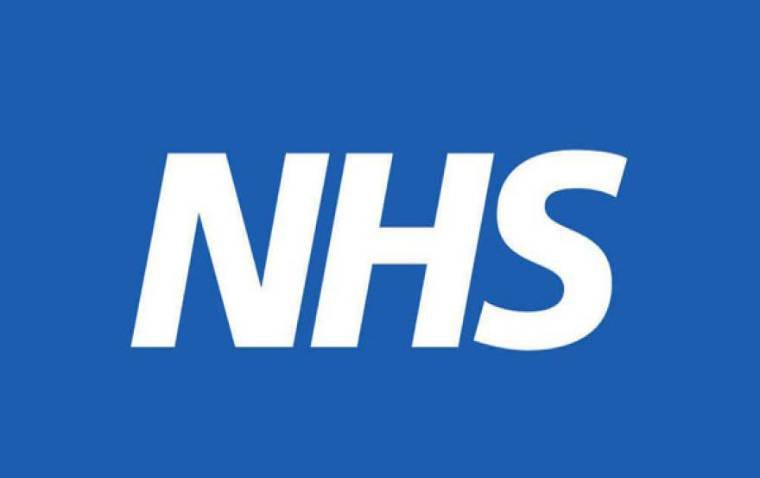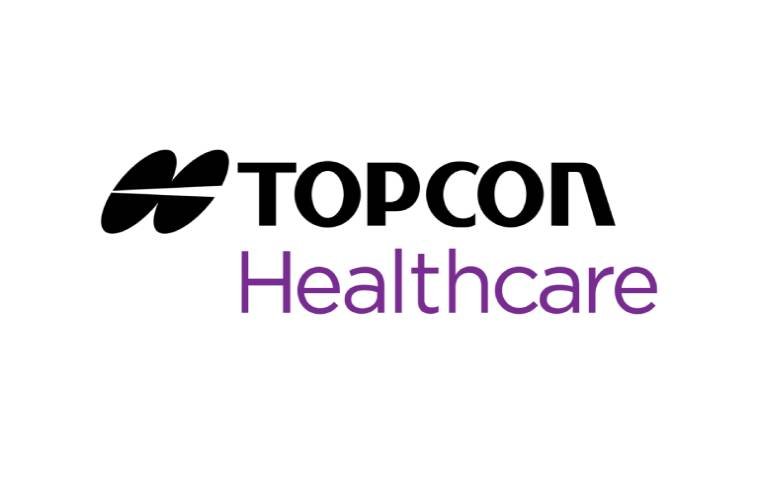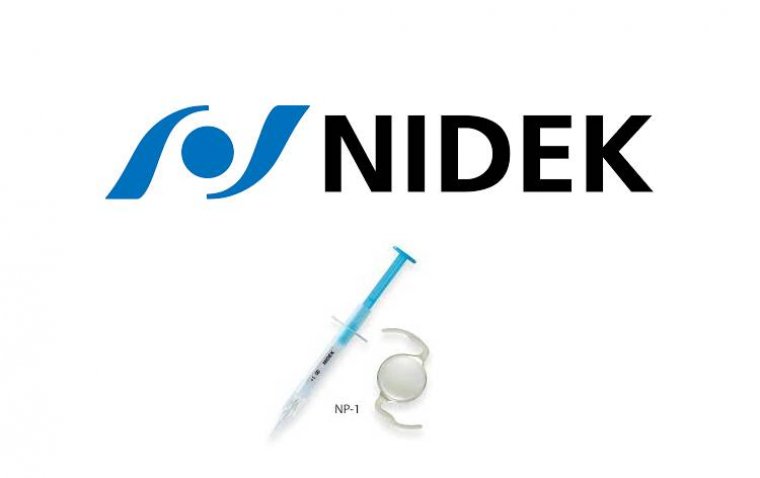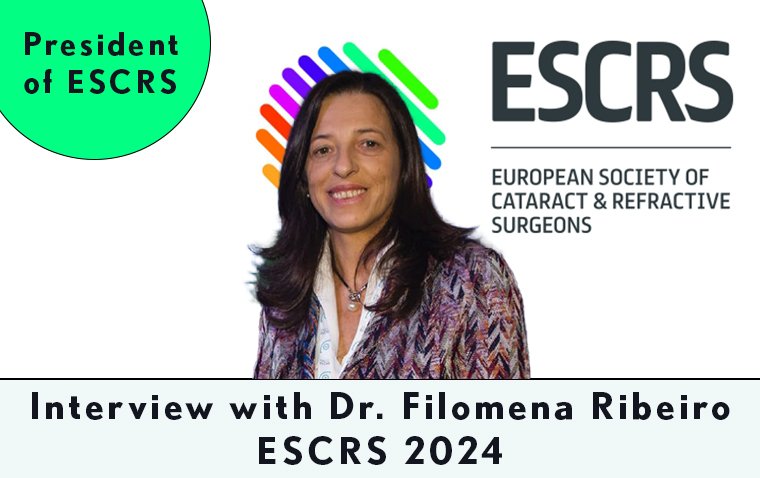
NHS Introduces Nationwide OCT Scans to Enhance Diabetic Eye Care
The National Health Service (NHS) England is launching a nationwide program to make optical coherence tomography (OCT) scans more accessible, aiming to improve outcomes for patients with diabetic retinopathy. This initiative will bring advanced imaging technology closer to home for thousands of patients, marking a significant step forward in diabetic eye care.
Expanding Access to OCT Scans
Currently, approximately 4 million people are registered with the NHS Diabetic Eye Screening Programme, with 3.3 million undergoing routine digital screenings at least every two years. OCT imaging will now be offered to an estimated 60,000 people at higher risk of diabetic retinopathy, providing detailed insights into retinal health.
Previously, less than a third of NHS eye care services offered OCT imaging, with significant regional disparities. Under the new program, OCT devices will be implemented in all eye care services by October 2025, and NHS staff are undergoing training to conduct OCT screenings effectively.
Addressing the Ophthalmology Backlog
Ophthalmology is one of the busiest outpatient specialties in the NHS, with over 7.5 million outpatient eye care appointments annually, representing 8% of the NHS waiting list. By incorporating OCT scans into routine care, the NHS expects to alleviate the backlog significantly:
• 120,000 hospital ophthalmology appointments are projected to be saved through OCT.
• The number of hospital appointments saved is expected to rise further as the program expands.
“This technology will help us find and treat diabetic eye conditions early, helping minimize and prevent sight loss. It also means that thousands of appointments in traditional hospital settings could be saved, which is great news for the NHS,” said Steve Russell, NHS National Director for Vaccinations and Screening.
Stephen Kinnock, Minister of State for Care said, “This is a great example of a small change that can make a big difference, giving diabetes patients more reassurance and freeing up thousands of hospital appointments. Through our 10-Year Health Plan, we will shift care out of hospitals and into the community, easing pressure on our [accident and emergency departments] and enabling patients to get help closer to home.”
A Patient's Perspective
Mike Cypher, a Cheltenham resident with diabetes since 1980, shared his experience with OCT screening. At age 56, an OCT scan revealed a major bleed in one of his eyes, prompting timely laser treatment that saved his eyesight.
“If I hadn’t attended my routine appointments and had the treatment, my ophthalmologist told me my eyesight could have been irreparably damaged within a short space of time,” Cypher explained. He encouraged others to prioritize their eye care:
“If you’re offered screening, don’t hesitate to attend your appointment. OCT really could save your eyesight, as it’s done for me.”
Transforming Diabetic Eye Care
This nationwide rollout of OCT technology represents a transformative shift in diabetic eye care, ensuring earlier detection and treatment of diabetic retinopathy. By bringing advanced imaging closer to patients, the NHS is improving accessibility, reducing hospital workloads, and enhancing patient outcomes.
(1).jpg)










